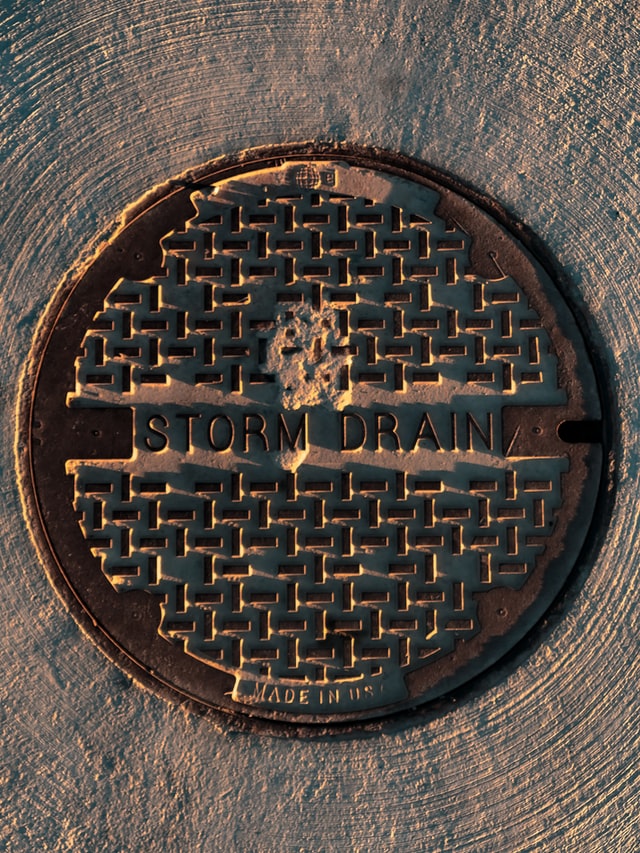What is a smoke test in plumbing? A smoke-producing drain is a sign of a potential leak. It dissipates within minutes. Using smoke testing plumbing systems, the tester will then look for plumes exiting the drain line. This will indicate that something has gone wrong. If this device is not functioning correctly, it may be time for a plumbing repair.
Non-toxic
A non-toxic smoke test in plumbing can pinpoint the source of a sewer leak before it becomes a bigger problem. This process is often performed by having a field technician blow smoke through a neighborhood maintenance hole. The smoke exiting the maintenance hole will indicate the location of a broken pipe or clogged drain. It can also identify the location of catch basins, roof drains, and foundation drains. The non-toxic smoke used in the test is safe to breathe and can be compared to smoke produced at a live concert or theatre.
The smoke that enters your drain is non-toxic and odorless. It’s an indicator of an open fault in your house’s plumbing system. Since the smoke dissipates in 20-30 minutes, it’s a safe and effective way to determine the cause of a sewer backup or overflow. If the smoke has entered your home, try to open all doors or exit the house to minimize exposure. If you’re unsure of the source of the smoke, call the smoke testing crew immediately.
Non-carcinogenic
There are several ways to determine whether a sanitary sewer system is free of harmful substances. The non-toxic smoke generated during the testing process will not stain your curtains or carpets. It is not toxic to pets, but it can cause coughing. For this reason, you should avoid using the plumbing in any house with a broken sewer system. It is best to ensure that all drains have enough water in them during the testing. Pouring water down the drain will also reduce the risk of exposure.
To reduce the impact of a non-carcinogenic smoke test, you should schedule the testing for the summer when the groundwater level is lower. Also, if you live in a dry area, you may be able to isolate specific areas of your property to schedule the test. This will minimize any impact on nearby residents. To avoid the annoyance of homeowners, it is better to schedule the testing during summer or winter.
It does not create a fire hazard.
While your plumbing system won’t cause a fire, it’s always better to hire a professional plumber. Plumbing malfunctions can cause electrical fires, but they can also create a potential fire hazard while repairing the problem.
The answer to this question depends on the location of the leak. For example, a leak in a sewer pipe might cause a fire. In this case, a plumber may not be able to access the source of the leak. It might also be a problem that you don’t know is there. A plumber who works on plumbing in a residential setting will be able to detect any potential issues with the pipes and will fix them immediately.
Checks for leaks before they become a bigger problem
Whether you’re dealing with a dripping faucet, water-damaged ceiling, or dripping floor, checking leaks is essential to prevent damage to your home. Leaks attract pests, including mosquitoes, termites, and cockroaches. If you’re not checking leaks, you can have a hefty utility bill.
You can take preventative measures to detect leaks early and save a lot of money. Check your water meter. If the numbers change every hour, you’re dealing with a leak. Shut off your main water supply pipe at the shut-off valve.

